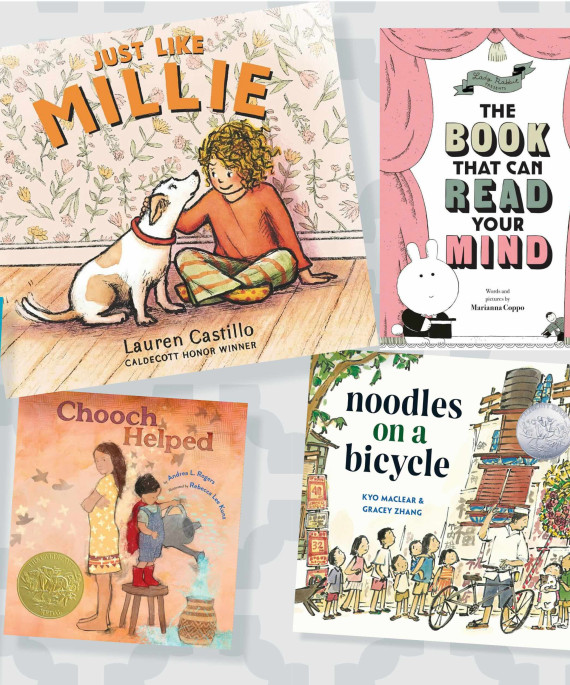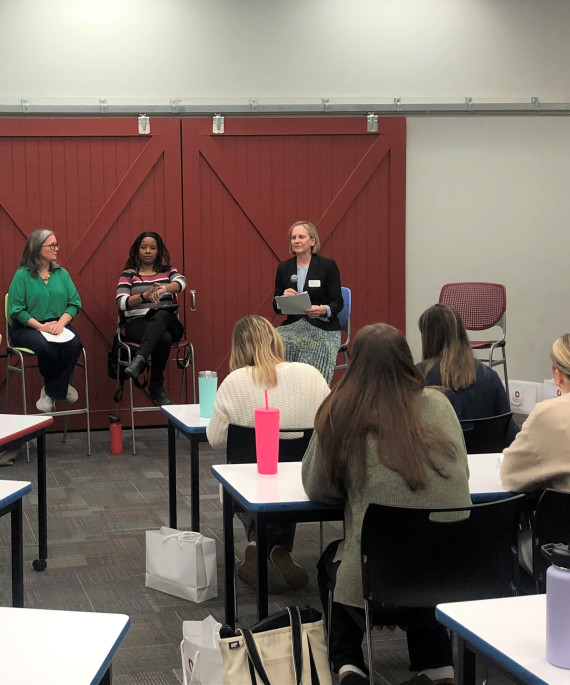
Look around the home of any parent with small children and you’re likely to find books, magnets and toys with the alphabet on them scattered across their living, dining and bedrooms.
Children’s interactions with these books and toys are the beginnings of their alphabet knowledge – a major component of early literacy. When they reach preschool and kindergarten, formal instruction begins to master the names and sounds of letters.
But what is really known about the acquisition of alphabet knowledge or the best way to teach it to children?
In short – it varies widely.
“Children enter school with substantial differences in their alphabet knowledge development,” said Shayne Piasta, assistant professor of Teaching and Learning and associate at the Crane Center for Early Childhood Research and Policy. “The instruction they receive needs to take much more than a one-size-fits-all approach.”
Educators throughout the United States use all kinds of practices to teach the alphabet – letter people, specific curricula, tracing and mnemonics are just a few of the examples. Determining their effectiveness through research has been limited.
“There is the presumption that we already know how to do this,” Piasta said. “But I think it’s a bit more complicated than we think.”
A spectrum of practices, little evidence to support them

Piasta’s research is based on the premise that many educational practices are done without necessarily having evidence that they are the best approach. With requirements such as Common Core and other rigorous state mandates, the stakes are high for educators, parents and their children to get it right.
For alphabet knowledge, state standards differ greatly for preschool. They can range from knowing “some” letter names and sounds to very specific goals. Under Common Core standards, kindergarteners must know and recognize all uppercase and lowercase letters and their sounds, including short and long vowel sounds.
As children learn letter names and sounds, they are likely to do so at different rates. “Even children enrolled in the same classroom at the same school showed the full spectrum of alphabet knowledge,” Piasta said.
Couple those differences with research by Piasta and others demonstrating the ease and difficulty in learning specific letters, and traditional practices of teaching the alphabet to all students the same way are coming into question.
A better way?
Piasta’s research suggests that setting a goal of knowing at least 18 uppercase and 15 lowercase letters by the end of preschool sets children up for success as they enter formal education.
To meet this goal, educators should teach by assessing students’ letter name and sound recognition, then using fun and engaging practices to support the diverse needs of their alphabet knowledge.
Using this approach, educators can determine the letters students do know, then they can create targeted and intentional instruction based on where students need the most help, Piasta said.
Examples of this includes embedding targeted alphabet instruction into reading storybooks, a practice supported by work with colleague Dr. Laura Justice, also at Ohio State. Instead of reading the story beginning to end, adults can pause and teach children about letter shapes, names and sounds during reading.
Piasta’s early research also has shown the promise of particular ways to teach alphabet knowledge, including teaching letter names and sounds at the same time rather than focusing only on letter names first. More studies, however, need to be done with simultaneous letter name and letter sound instruction and other methods to determine best practices for supporting alphabet development.
Piasta is continuing to develop this research on effective teaching practices. She also looks to disentangle what is considered a best practice in alphabet knowledge and what is not.
“What we really need is to be more strategic in alphabet knowledge instruction,” Piasta said. “We ought to be doing the research to back this all up.”




